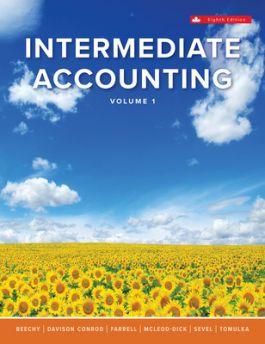Question
Tire Store completed the following perpetual inventory transactions for a line of tires: Requirement 1. Compute cost of goods sold and gross profit using the
Tire Store completed the following perpetual inventory transactions for a line of tires:
Requirement 1. Compute cost of goods sold and gross profit using the FIFO inventory costing method.
Requirement 2. Compute cost of goods sold and gross profit using the LIFO inventory costing method.
Requirement 3. Compute cost of goods sold and gross profit using the weighted-average inventory costing method. (Round weighted average cost per unit to the nearest cent and all other amounts to the nearest dollar.)
Requirement 4. Which method results in the largest gross profit, and why?
| Dec. 1 | Beginning merchandise inventory | 28 tires @ $70 each |
| Dec. 11 | Purchase | 7 tires @ $80 each |
| Dec. 23 | Sale | 14 tires @ $94 each |
| Dec. 26 | Purchase | 21 tires @ $82 each |
| Dec. 29 | Sale | 25 tires @ $94 each
|
Step by Step Solution
There are 3 Steps involved in it
Step: 1

Get Instant Access to Expert-Tailored Solutions
See step-by-step solutions with expert insights and AI powered tools for academic success
Step: 2

Step: 3

Ace Your Homework with AI
Get the answers you need in no time with our AI-driven, step-by-step assistance
Get Started


